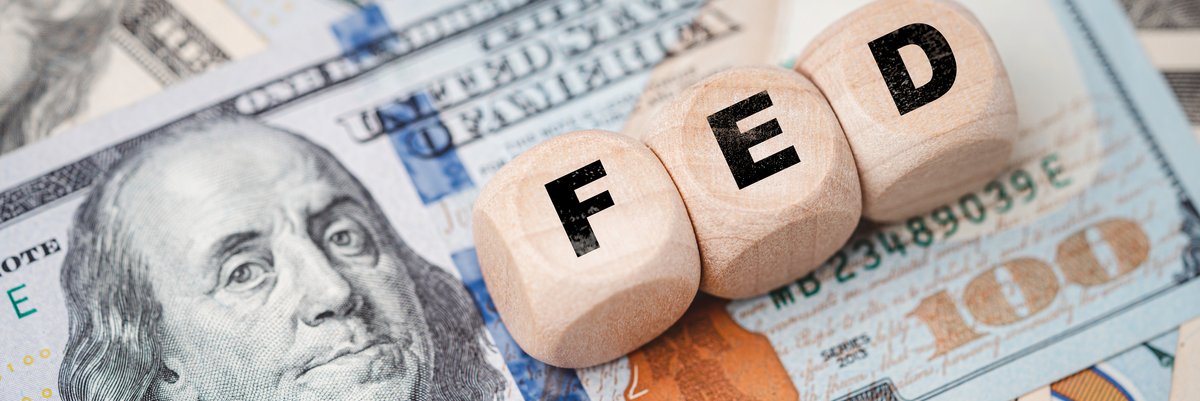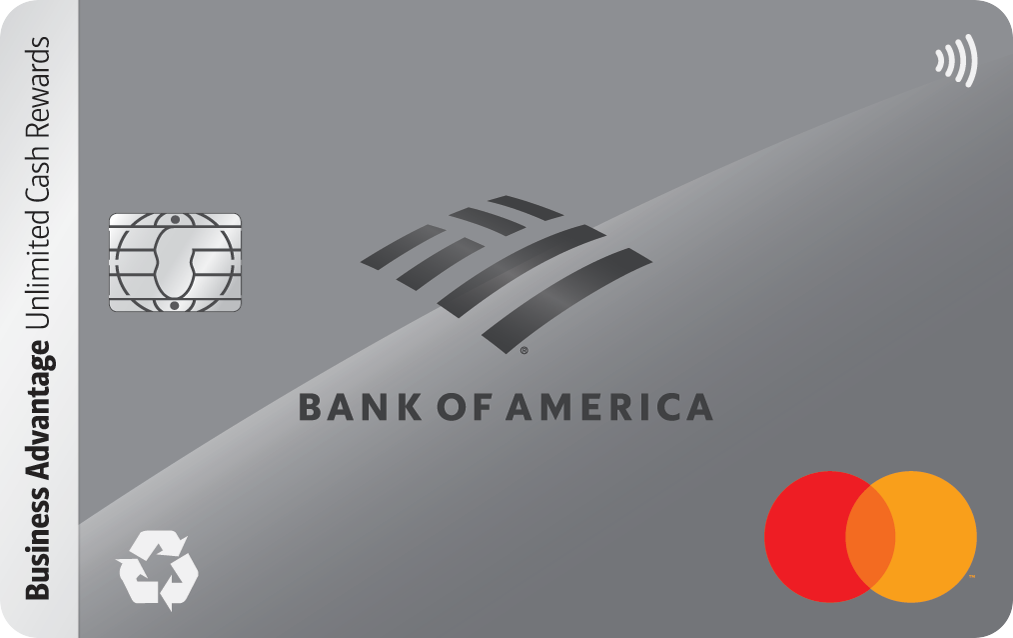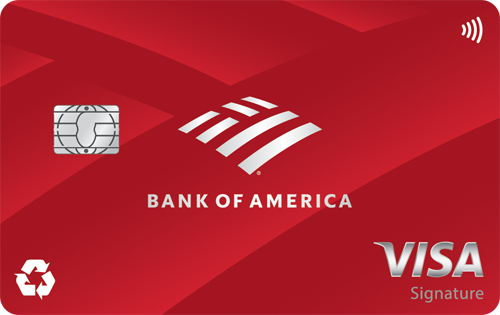Your Bank Won't Tell You This About the Fed's Rate Cut

Image source: Getty Images
When my bank emailed about the Fed's latest rate cut, the subject line sounded upbeat: "We're updating your savings rate." That's corporate-speak for "we're paying you less."
The Federal Reserve just lowered interest rates again, and if you've been earning close to 5.00% on your savings, the slide starts now. Your bank won't come right out and say it, but every cut from the Fed quietly chips away at what your money earns.
The quiet way banks protect themselves
Here's what happens behind the scenes: When the Fed cuts rates, banks move fast to protect their margins. They lower what they pay savers long before they lower what they charge borrowers.
So while your savings account APY might drift from 4.00% to 3.75% in the coming weeks, your credit card APR isn't likely to drop by much at all. The banks keep the spread, and that's how they make money.
Big national banks are usually the first to trim yields. Online banks and credit unions tend to hold out longer because they rely on competitive rates to attract customers. That's where smart savers can still win.
What's really happening to your savings
Right now, many top high-yield savings accounts are still paying between 4.00% and 5.00% APY, according to data as of Oct. 27.
These accounts are still beating inflation and the national average by a wide margin. But that won't last if the Fed keeps cutting rates. Banks typically adjust savings rates within a few weeks, and you'll rarely get a heads-up before it happens.
High-yield savings accounts really are the absolute best tool for emergency and short-term savings and you're missing out if you don't have one. See some of the best accounts available now and sign up in minutes.
What the Fed's cut really means
The Fed lowers rates to make borrowing cheaper and to encourage spending and investment. That can help cool off economic slowdowns, but it also means savers lose some of their advantage.
The irony is that savers feel the hit immediately, while borrowers see slower relief. Credit card APRs, mortgage rates, and personal loan offers might take months to reflect the change.
How to stay ahead of the drop
You can't control what the Fed does, but you can control where your cash lives. A few smart moves can keep your money working harder, even as rates fall:
- Shop around for a top high-yield savings account. Many online banks still offer around 4.50% APY.
- Consider short-term certificates of deposit (CDs) if you want to lock in a higher rate before it slips. With a CD, you give the bank your money for a set period of time (usually six months to several years), in exchange for a guaranteed return. It is truly risk-free, and your rate stays locked in even if the Fed cuts rates again. Check out some of the CDs offering the highest rates right now.
The fine print your bank hopes you ignore
Your bank isn't lying when it says it's "adjusting" your rate, it's just leaving out the part where you lose money over time.
Rate cuts don't have to cost you as much, though. Moving your savings to a better-paying account can offset most of the damage, and you can do it in minutes right from your phone or laptop.
Our Research Expert



